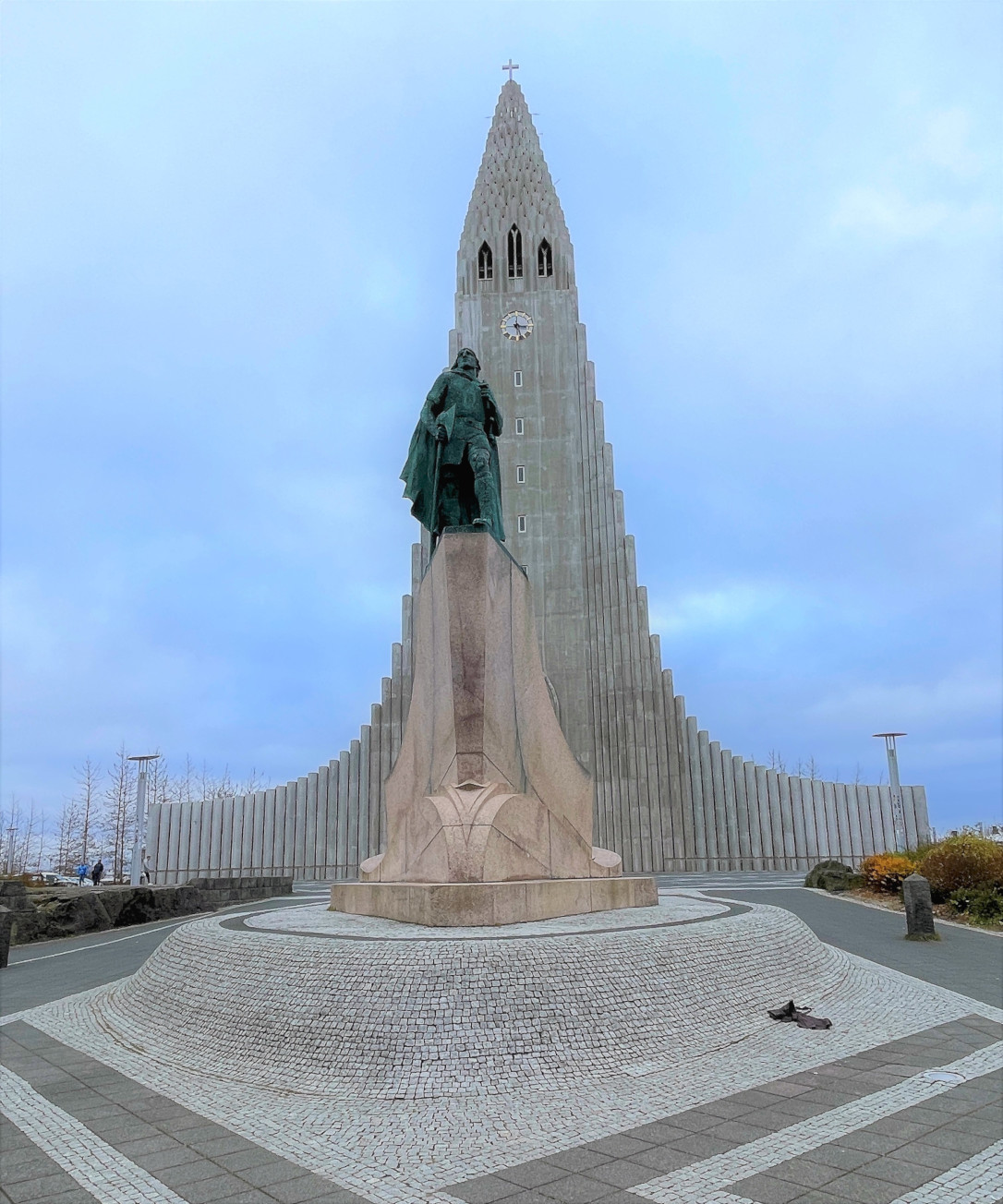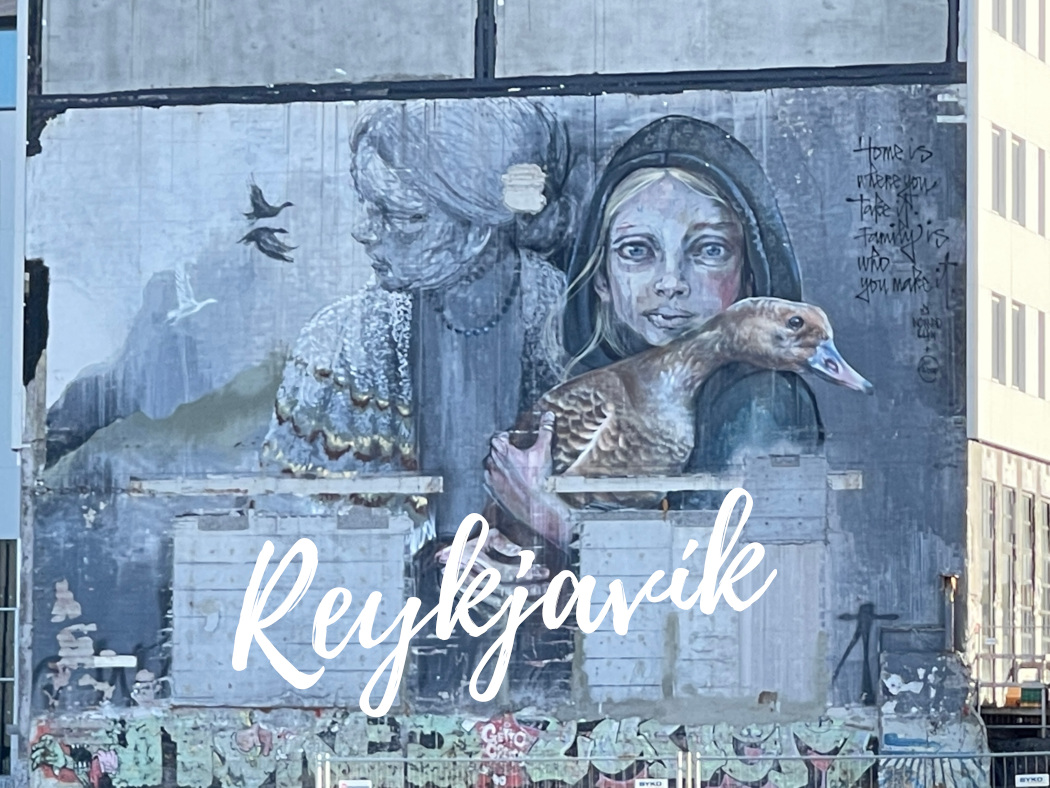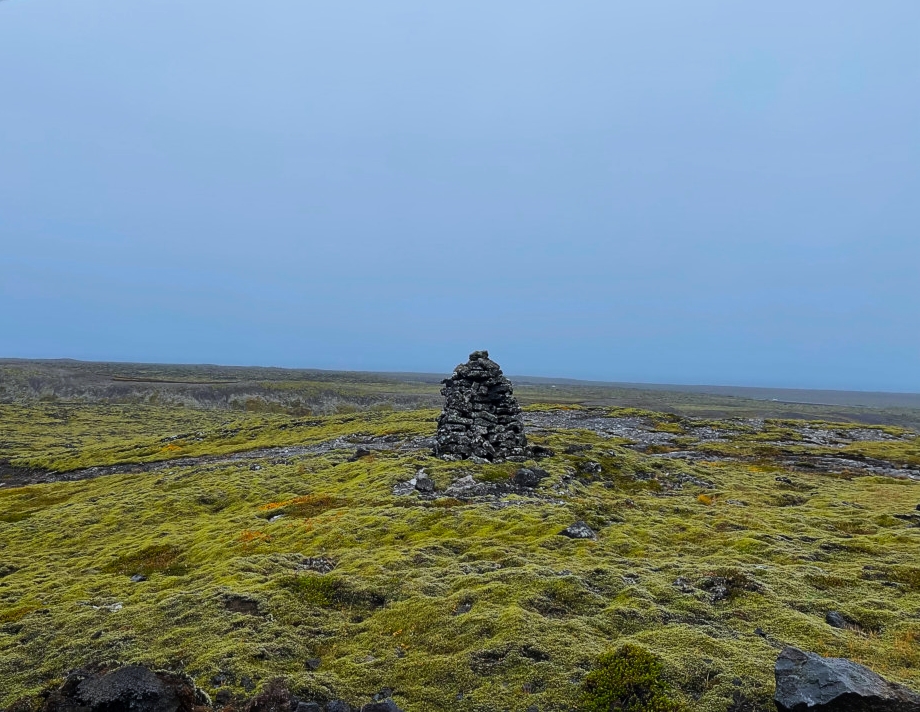 |
||
|
´Hólavalla Cemetery is spooky, yet peaceful at the same time. With its old graves and even older trees, it´s easy to feel there’s more to life than meets the eye.
Although not the first cemetery in Reykjavík, Hólavalla Cemetery (Hólavallagarður) is presently its oldest cemetery. The historical aspects of this cemetery, and the ones before it, which were located near the Althing House, will be covered in a different post. A brief history will have to suffice for now as this blog is meant to continue with the story from my previous blog about Unnur.
The cemetery got its first ‘resident’ in 1838, Guðrún Oddsdóttir, age 58. Losing her father, two brothers, her first husband (Stefán Stephensen d.1820) and two of her children while still toddlers, it is impossible to fathom the demons she must have been fighting during her time on earth. According to myheritage.com she had a total of 14 children.
Since Guðrún was the first to be buried in the cemetery, she became its watchman (or watchwoman). It is an Icelandic tradition the first person to be buried in a cemetery becomes its watchman. A watchman’s body never rots and its face has never been described as beautiful. The watchman is usually red-faced and wearing red clothes or a green dress. They never get to rest in their graves, because they are constantly on guard. Their duty is to receive all new arrivals and watch over their souls and the garden itself. As you can imagine, people weren’t too eager to have their loved ones become watchmen.
Pictures of the cemetery:
Back to Unnur’s story. It was now 1945, about 16 years since her vision of Guðmundur onboard the ship (see my previous blog for this part of the story). Unnur was now living on Ránargata 12. She had recently lost her ‘fostermom’ or nanny (fóstra), Guðbjörg. She wanted to visit her grave site, but didn’t know where in the cemetery she was buried. It was a beautiful sunny day in July, so Unnur decided to walk down to the cemetery. It was less than a 10 minute walk and no sign of wind. She walked along Garðastræti heading for the cemetery gate on the corner of Sólvallagata and Ljósvallagata. While she was walking along Garðastræti, she could feel someone walking to the left of her. She turned around to look, but couldn’t see anyone there. She figured it was Guðbjörg guiding her to the grave spot.
When Unnur got to the cemetery it was like she didn’t control where she was going. It felt like the spirit that was with her was navigating her. All of a sudden, Unnur stopped next to a gravestone. She studied and started reading the engraved letters: “Here lies Guðmundur…” (Only six with that name who died in 1925 were buried in the cemetery, and only one fits her age group being nine years her senior).
Unnur was very surprised to see his grave. She had no idea he had moved to Reykjavík. Last she had heard, he was living in East-Iceland. She stayed by the grave for a while, probably reflecting on her out of body encounter with Guðmundur 15 years prior. To her knowledge, Guðmundur never visited her again.
Additional sources:
|





